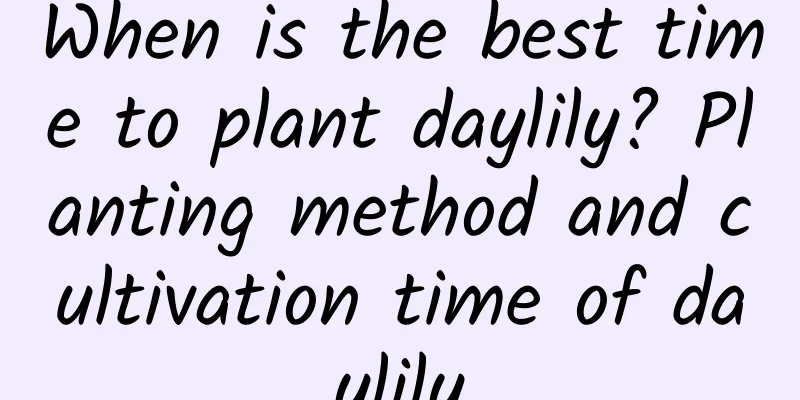What are the cultivation methods and precautions for mini roses?

How to grow mini rosesMini rose is a deciduous shrub of the Rosaceae family. Its reproduction methods include grafting and division, and it prefers a humid growing environment. 1. Temperature Mini roses prefer warm climates, so when caring for them, the temperature needs to be kept between 12-28 degrees. The temperature cannot be lower than 5 degrees, otherwise the plants will be frozen. 2. Lighting Mini roses are light-loving plants, so you need to ensure that they get plenty of sunlight, at least 4 hours a day. If they are placed in a place with poor light for a long time, the leaves will easily turn yellow. However, you must pay attention to shading in the summer. 3. Soil The best soil for mini roses is loose, breathable, well-drained, slightly acidic or neutral soil. You can use garden soil, sandy soil, and humus soil mixed in a certain proportion. 4. Watering Mini roses are water-loving plants, but they are not tolerant to waterlogging. When the surface of the potting soil is dry, they should be watered, and they should be watered thoroughly. However, be careful not to allow water to accumulate. Insufficient water will cause the leaves to fall off. 5. Fertilization Mini roses do not have high requirements for fertilizer. You should apply some fertilizer in normal times. During the growth period, if nutrients are insufficient, you can use some compound fertilizers containing nitrogen and phosphorus, but apply it less frequently. 6. Pruning Mini roses should be pruned regularly, especially after flowering, when the dead flowers and weak, dry or diseased branches and leaves should be pruned in time to keep the overall plant healthy and beautiful. Mini rose cultivation precautionsWhen growing mini roses, you need to pay attention to repotting and changing the soil once a year. This not only keeps the soil in the pot nutritious, but also adapts to the growth of the plant's roots. In addition, dead leaves and diseases must be pruned and prevented in a timely manner. |
<<: What are the cultivation methods and precautions of lantern flowers
>>: Is peanut a fruit or a vegetable?
Recommend
How to water gardenia
What to water First of all, you need to be clear ...
The efficacy and function of Wedelia
1. Efficacy Wedelia officinalis is cool in nature...
Can potassium dihydrogen phosphate make leaves green (can spraying potassium dihydrogen phosphate cure yellow leaves)
Can potassium dihydrogen phosphate cure yellow le...
How to grow fuchsia in summer
1. Shade and cool down When summer comes, if the ...
What to do if the roots of succulent plants rot
1. Mild root rot 1. If root rot is caused by exce...
Planting methods and management of Xinjiang blueberry grapes
Blueberry grapes , also known as " sapphire ...
How to remedy the wilting of green radish
1. Watering in time Lack of water is the most lik...
Introduction of new varieties of apple seedlings
1. Peach Apple It is a late-ripening variety with...
Placing flowers in the right position during the Chinese New Year can bring prosperity to the family and keep them safe.
Living room flowers Recommended flowers Cyclamen,...
This flower will spit out small beads. If you keep one pot, it will bloom for 365 days, and 100 flowers can bloom at a time!
What does the dragon's tongue look like? Huah...
How to use egg shells to grow green radish
1. How to use In daily life, collect the unused e...
How to prune Japanese crabapple
When to prune Japanese crabapple Japanese crabapp...
How to propagate Bear’s Paw by cuttings?
Bear's Paw is a very popular succulent plant ...
When is the best time to plant Chinese toon?
In recent years, many wild vegetables have become...
What to do if Clivia root rots
1. Reduce watering Reason: If you water the Clivi...









